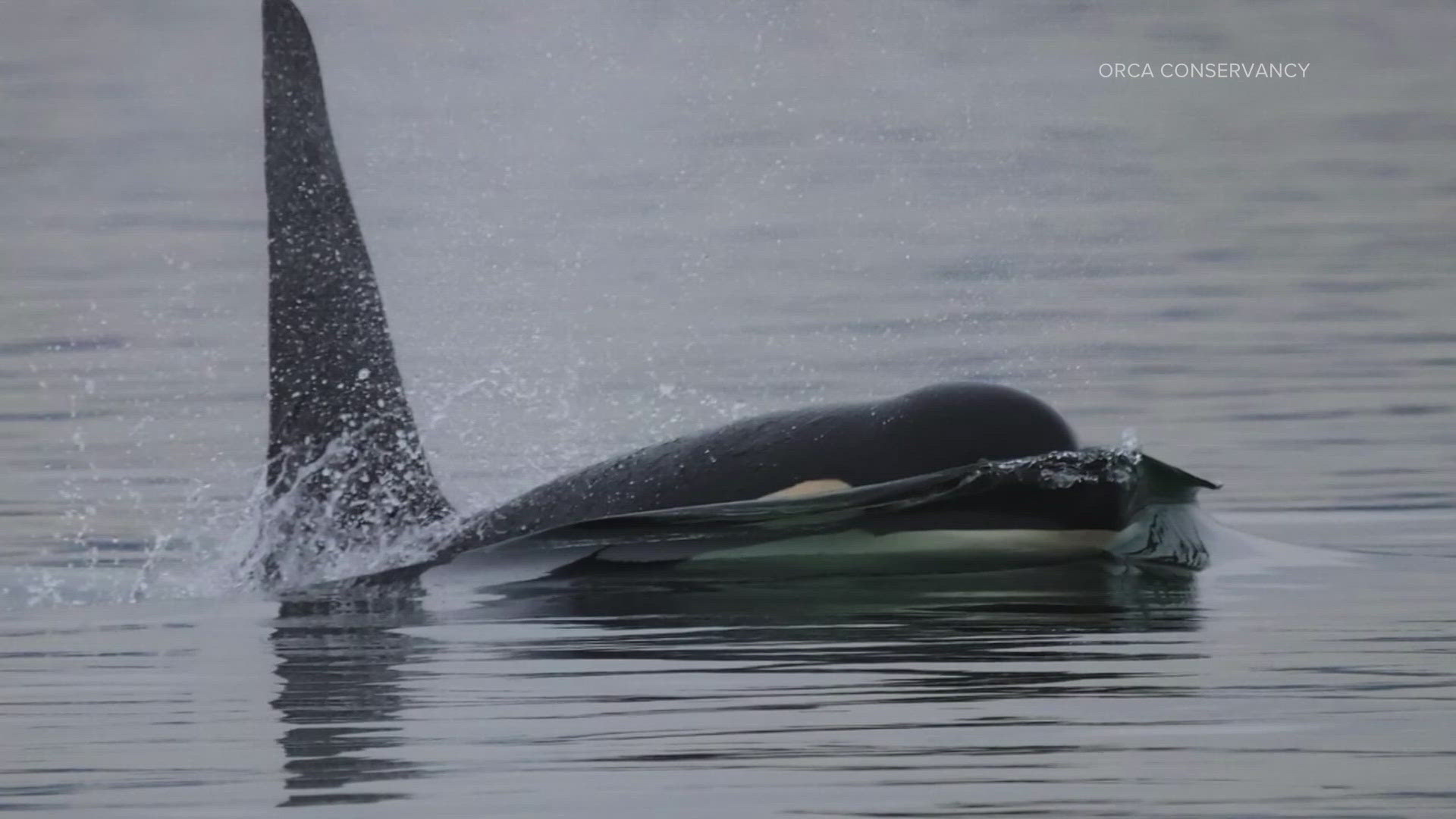The winter outlook in Western Washington continues to show higher-than-normal chances of warmer temperatures, with the possibility of drier conditions.
The latest report from the National Oceanic Administration Administration says there is a 70 to 75 percent chance El Nino will develop.
Mike Halpert, deputy director of NOAA's Climate Prediction Center, says El Nino is expected to appear by late fall or early winter. El Nino is an ocean-atmosphere climate interaction linked to periodic warming in sea surface temperatures in the central and eastern equatorial Pacific. In the winter, a typical El Nino can lead to wetter-than-average rain in the south and drier and warmer conditions in the north.
"Although a weak El Nino is expected, it may still influence the winter season by bringing wetter conditions across the southern United States, and warmer, drier conditions to parts of the North," Halpert said.
There's as much as a 75 percent higher chance that our winter will be warmer than normal in Western Washington. There are equal chances for either a wetter, or drier winter.
The northern Rockies, northern Plains, and Great Lakes are the only areas of the country that have higher chances for a drier-than-normal winter, according to data from NOAA.
NOAA says drought conditions are likely to persist, including some areas of the Pacific Northwest. David Miskus with NOAA says the worst drought conditions in the Pacific Northwest are in Oregon and Southwest Washington. Recent rains have eased drought in Western Washington, but not much precipitation has made it east over the mountains.
Drought improvements for areas from the Cascades and areas west to the coast are expected. It's less clear for Eastern Washington, but conditions aren't as sever there as they are in Oregon, which are expected to improve in the coming months.
Though the outlook from NOAA gives the likelihood of temperatures and precipitation related to the average, it does not project snowfall accumulations - typically not predictable more than a week in advance. This means that while it may be an El Nino winter, we will still see periods of cold temperatures and snowfall.



